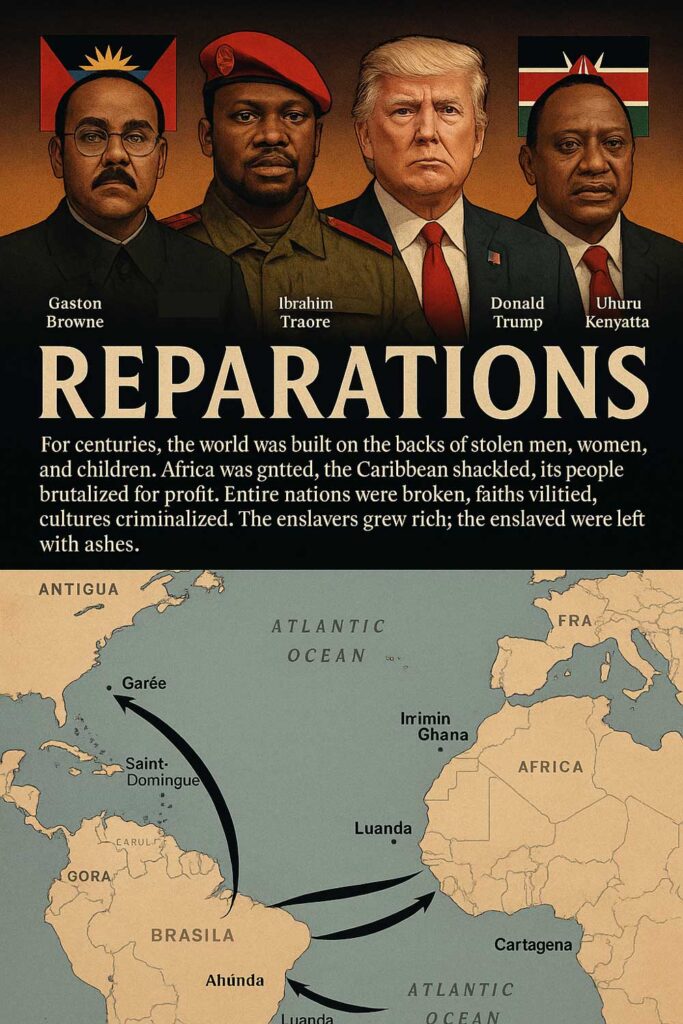As the deadline for a 90-day pause on Donald Trump's extensive tariff plan approaches, businesses face the prospect of upheaval in their trade operations. This uncertainty has already prompted many companies to reconsider their supply chains radically. One such example is Learning Resources, an Illinois-based toymaker. CEO Rick Woldenberg, facing staggering tariffs on Chinese imports, has taken the unusual step of suing the US government. His company, which heavily relies on Chinese manufacturing, saw its import tax bill skyrocket from approximately $2.5 million to over $100 million when tariffs on Chinese goods surged to 145%.
Currently, the tariffs on Chinese goods range at a staggering 30%, which continues to severely impact American firms like Learning Resources. In response, the company has begun relocating a portion of its manufacturing to Vietnam and India, where tariffs are set at 10%. However, the looming end date of these tariffs adds an element of uncertainty regarding potential future changes.
The predicament extends beyond borders, as many Canadian companies find themselves grappling with twin challenges: 25% tariffs imposed by the US government on many of their exports and resultant reciprocal tariffs from Canada. This dual pressure raises costs for businesses dependent on smooth trade relations with their American counterparts.
While many companies in the US and Canada reevaluate their sourcing strategies, others are simply opting to reduce exports to the US market. Due to higher import costs driven by tariffs, sellers have to increase prices, rendering their products less competitive on American shelves.
Global supply chain expert Les Brand notes that shifting manufacturing is both a costly and complex endeavor. Businesses have to invest time and resources to train new factories, vet components, and assess production capacity, which strains already tight profit margins.
Canadian businesses like Cluck Clucks, a fried chicken chain, exemplify the ripple effects of tariffs. While the company sources Canadian chicken, it relies on US-manufactured appliances to prepare its dishes. Increasing prices for essential kitchen equipment from the US will inevitably lead to price hikes for customers.
Meanwhile, European olive oil producer Oro del Desierto exports a significant portion of its production to the US. With import tariffs affecting them directly, the company faces pressure to shift focus to other markets, indicating they might reduce US shipments if trading proves unprofitable.
The rapid implementation of tariffs has exacerbated the turbulence in global trade, with many experts suggesting a more measured pace could elevate overall stability in the market. As businesses like Learning Resources grapple with unpredictable trade dynamics, executives like Woldenberg express caution, emphasizing that strategic decisions must be made without relying solely on optimism.





















